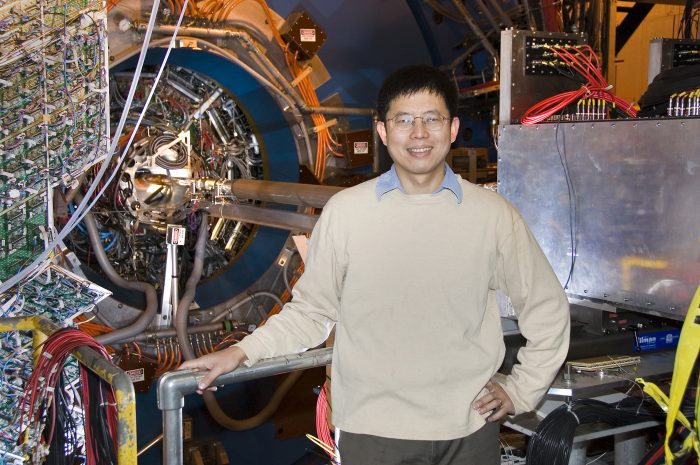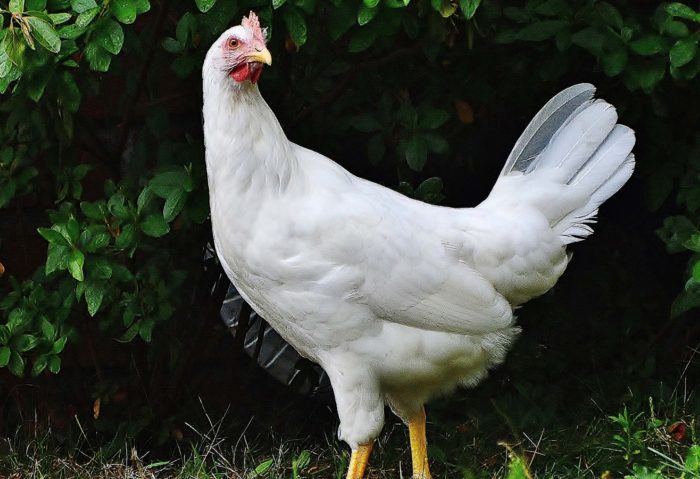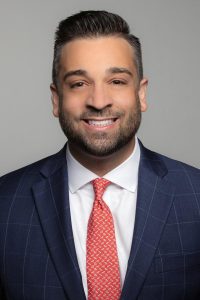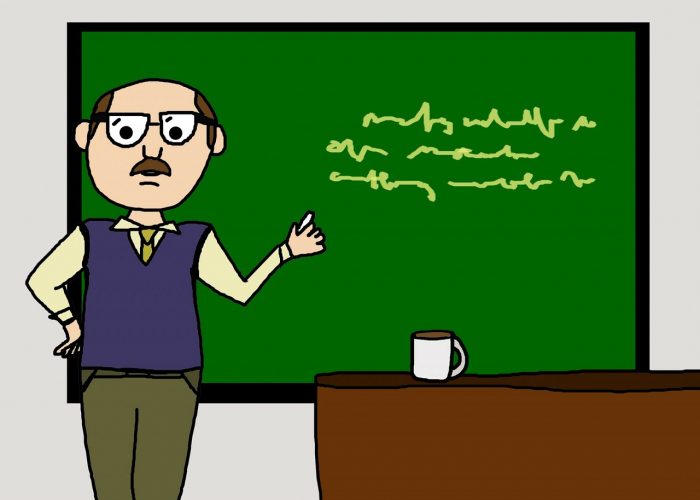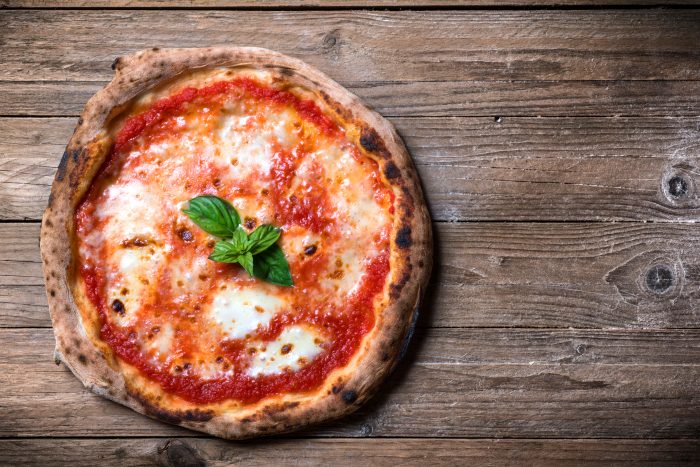By Daniel Dunaief
Gregory Breit and John Wheeler were right in the 1930s and Werner Heisenberg and Hans Heinrich Euler in 1936 and John Toll in the 1950s were also right.
Breit, who was born in Russia and came to the United States in 1915, and Wheeler, who was the first American involved in the theoretical development of the atomic bomb, wrote a paper that offered theoretical ideas about how to produce mass from energy.
Breit and Wheeler suggested that colliding light particles could create pairs of electrons and their antimatter opposites, known as positrons. This idea was an extension of one of Albert Einstein’s most famous equations, E=mc2, converting pure energy into matter in its simplest form.
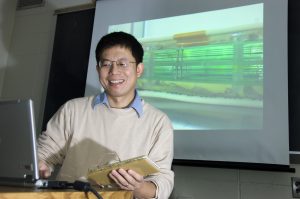
Working at the Relativistic Heavy Ion Collider (RHIC) at Brookhaven National Laboratory, a team of scientists in the STAR Collaboration has provided experimental proof that the ideas of some of these earlier physicists were correct.
“To create the conditions which the theory predicted, even that process is quite exhausting, but actually quite exciting,” said Zhangbu Xu, a senior scientist at BNL in the physics department.
The researchers published their results recently in Physics Review Letters, which provides a connection to Breit and Wheeler, who published their original work in a predecessor periodical called Physics Review.
While Breit and Wheeler wrote that the probability of two gamma rays colliding was “hopeless,” they suggested that accelerated heavy ions could be an alternative, which is exactly what the researchers at RHIC did.
The STAR team, for Solenoidal Tracker at RHIC, also proved another theory proposed decades ago by physicists Heisenberg, who also described the Heisenberg Uncertainty Principle, and Hans Heinrich Euler in 1936 and John Toll, who would later become the second president at Stony Brook University, in the 1950s.
These physicists predicted that a powerful magnetic field could polarize a vacuum of empty space. This polarized vacuum should deflect the paths of photons depending on photon polarization.
Researchers had never seen this polarization-dependent deflection, called birefringence, in a vacuum on Earth until this set of experiments.
Creating mass from energy
Xu and others started with a gold ion. Without its electrons, the 79 protons in the gold ion have a positive charge, which, when projected at high speeds, triggers a magnetic field that spirals around the particle as it travels.
Once the ion reaches a high enough speed, the strength of the magnetic field equals the strength of the perpendicular electric field. This creates a photon that hovers around the ion.
The speeds necessary for this experiment is even closer to the speed of light, at 99.995%, than ivory soap is to being pure, at 99.44%.
When the ions move past each other without colliding, the photon fields interact. The researchers studied the angular distribution patterns of each electron and its partner positron.
“We also measured all the energy, mass distribution, and quantum numbers of the system,” Daniel Brandenburg, a Goldhaber Fellow at BNL who analyzed the STAR data, said in a statement.
Even in 1934, Xu said, the researchers realized the cross section for the photons to interact was so small that it was almost impossible to create conditions necessary for such an experiment.
“Only in the last 10 years, with the new angular distribution of e-plus [positrons] and e-minus [electrons] can we say, ‘Hey, this is from the photon/ photon creation,’” Xu said.
Bending light in a vacuum
Heisenberg and Euler in 1936 and Toll in the 1950’s theorized that a powerful magnetic field could polarize a vacuum, which should deflect the paths of photons. Toll calculated in theory how the light scatters off strong magnetic fields and how that connects to the creation of the electron and positron pair, Xu explained. “That is exactly what we did almost 70 years later,” he said.
This is the first experiment on Earth that demonstrates experimentally that polarization affects the interactions of light with the magnetic field in a vacuum.
Xu explained that one of the reasons this principle hasn’t been observed often is that the effect is small without a “huge magnetic field. That’s why it was predicted many decades ago, but we didn’t observe it.”
Scientists who were a part of this work appreciated the connection to theories their famous and successful predecessors had proposed decades earlier.
“Both of these findings build on predictions made by some of the great physicists in the early 20th century,” Frank Geurts, a professor at Rice University, said in a statement.
The work on bending light through a vacuum is a relatively new part of the research effort.
Three years ago, the scientists realized they could study this, which was a surprising moment, Xu said.
“Many of our collaborators (myself included) did not know what vacuum birefringence was a few years ago,” he said. “This is why scientific discovery is exciting. You don’t know what nature has prepared for you. Sometimes you stumble on something exciting. Sometimes, there is a null set (empty hand) in your endeavor.
Xu lives in East Setauket. His son Kevin is earning his bachelor’s degree at the University of Pennsylvania, where he is studying science and engineering. His daughter Isabel is a junior at Ward Melville High School.
As for the recent work, Xu, who earned his PhD and completed two years of postdoctoral research at Yale before coming to BNL, said he is pleased with the results.
“I’ve been working on this project for 20 years,” he said. “I have witnessed and participated in quite a few exciting discoveries RHIC has produced. These are very high on my list.”

